1. The Role of Women in the Household
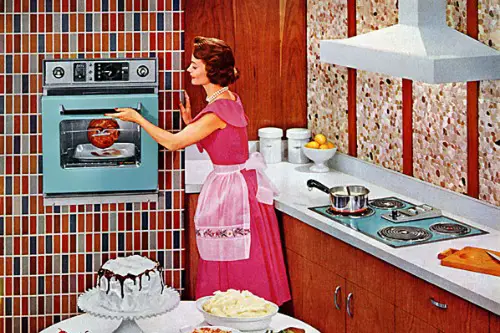
In the ’50s, the ideal woman was often portrayed as a stay-at-home mom, taking care of the home and kids while the husband worked, PBS explains. Media and advertisements reinforced this message with idealized images of women in domestic roles. Women were expected to cook, clean, and manage the home—often without much outside support or recognition. Being a housewife was seen as the pinnacle of womanhood for many during this time.
Today, the notion of women being confined to these traditional roles seems outdated. Women now actively pursue careers, education, and personal goals beyond the home. Gender roles have shifted dramatically, and it’s no longer considered abnormal for both partners in a household to work or share parenting duties. The social expectations that once dictated women’s lives have evolved to embrace greater independence and freedom of choice.
2. Cars Without Seatbelts
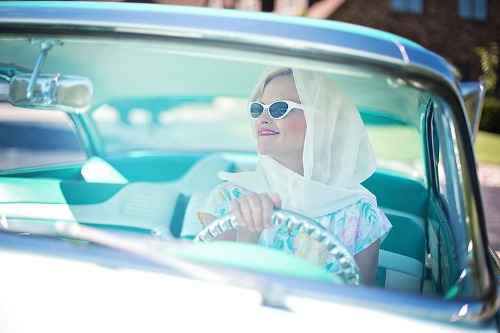
In the 1950s, seatbelts weren’t a standard safety feature in cars, according to The Autopian. It wasn’t uncommon to find people driving with no seatbelt on, even though many cars had a spot for them. There was a general lack of understanding of how essential seatbelts were for safety, and many drivers felt that a car’s steel frame would protect them in case of an accident. The belief that “nothing would happen to me” was widespread during this time.
Fast forward to today, and it’s hard to imagine driving without a seatbelt. Not only are they required by law in most places, but the overwhelming evidence showing how much they reduce the risk of injury has made wearing them a no-brainer. Today, we have airbags, advanced car safety features, and an overall heightened awareness of road safety. The fact that seatbelt laws weren’t enforced back then seems almost unbelievable now.
3. Smoking Everywhere
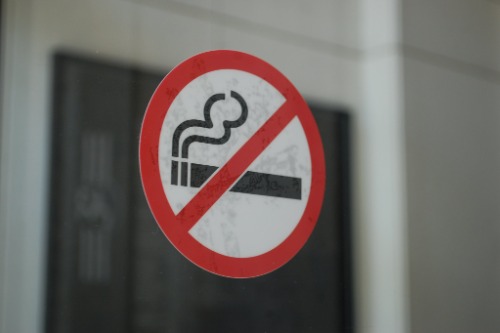
In the ’50s, smoking wasn’t just normal; it was glamorous, according to The Guardian. People lit up in restaurants, airplanes, offices, and even hospitals. Famous actors and actresses smoked in their films, and cigarette ads promised they’d make you look cool and sophisticated. This was a time when doctors even endorsed certain cigarette brands for being “healthier.”
If you were to light up in a public space today, you’d quickly be met with stares—or worse, complaints. Smoking indoors is largely prohibited in most places, and the health risks are widely known. Today’s society has made huge strides in discouraging smoking, with a much greater emphasis on personal health and well-being. The shift in attitude has made smoking not just taboo, but practically unthinkable in many areas.
4. Men Wearing Suits Everywhere
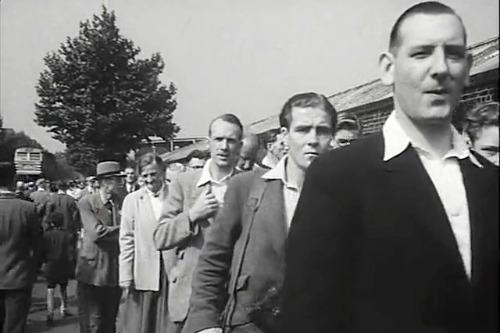
The ’50s were all about sharp, tailored suits for men. Whether it was to go to the office, a night out, or even just running errands, it was expected that a man would put on a full suit, according to Vox. The notion of being “properly dressed” was deeply ingrained in the culture, and looking casual was practically unheard of. Women, too, were often expected to wear dresses, furthering the culture of high fashion in everyday life.
Flash-forward to today, and you’d be hard-pressed to find many men in suits on a daily basis unless they’re in a high-end job or attending a formal event. The rise of business casual attire and the influence of streetwear have made suits more of a special-occasion outfit than a daily essential. Now, comfort is often prioritized, and dressing up feels like a rarity for many. The relaxed culture of today is a far cry from the rigid style norms of the ’50s.
5. House Calls by Doctors
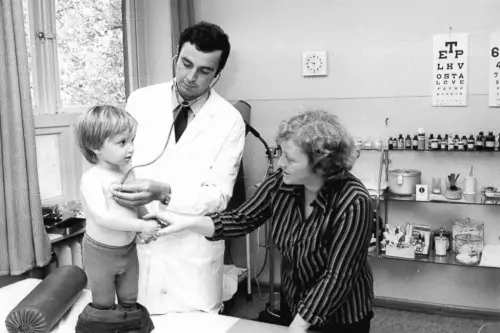
Before the ’60s and ’70s, it wasn’t unusual for doctors to make house calls, according to MD at Home. If you were sick, your doctor would show up at your door with a medical bag in hand, ready to treat you in the comfort of your own home. The personal touch of a house call was common in rural areas, where medical facilities might not be nearby. It was seen as a sign of good healthcare and was an expected part of many people’s lives.
These days, doctors rarely make house calls, except in special circumstances like home hospice care. With modern medicine, the rise of urgent care centers, and telemedicine, people are more likely to see their doctor in a clinic or even over video call. The idea of a doctor personally visiting your home for a check-up seems like a thing of the past. Healthcare has shifted toward convenience and specialization, leaving house calls largely obsolete.
6. The “Father Knows Best” Mentality
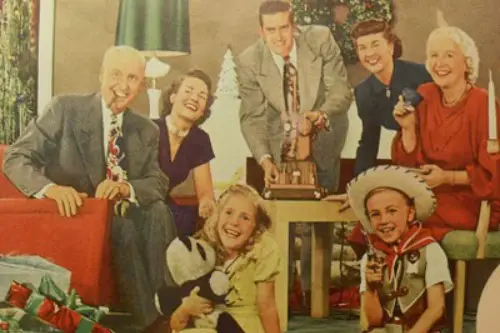
In the ’50s, television shows like “Father Knows Best” and “Leave It to Beaver” depicted a world where fathers were seen as the undisputed head of the household. The father figure was always portrayed as wise, strong, and the ultimate decision-maker in family matters. This mindset was not only shown in media but also reinforced in the workplace and broader society, where men were seen as the primary breadwinners and authority figures.
Today, this traditional family dynamic is seen as outdated. Families are more likely to have equal partnerships between parents, with shared decision-making and parenting responsibilities. The idea that the father’s opinion is the final word has largely been replaced by more egalitarian views. While fatherly wisdom is still valued, the “Father Knows Best” mentality no longer holds the same influence it once did.
7. Children Playing Outside Alone
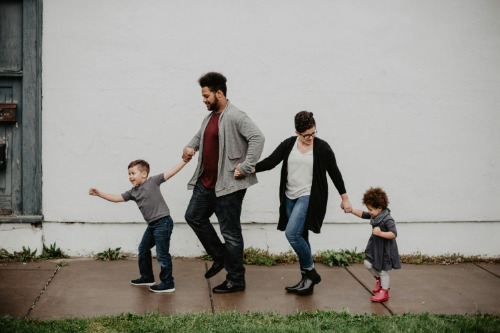
In the ’50s, it was completely normal for children to be sent outside to play unsupervised for hours on end. Whether it was biking around the neighborhood, playing games in the park, or simply running around the yard, kids had the freedom to roam. It was a time when communities were tighter-knit, and there was a sense of safety that allowed children to explore without constant adult supervision. Parents believed that outdoor play was essential for kids’ development and well-being.
Now, in the age of technology, parental supervision is much more common. Concerns about safety, both from strangers and the environment, have led many to keep children inside or at least closely monitored. Some kids today may not even know how to play outside unsupervised, with their free time often spent on screens rather than in the great outdoors. The carefree nature of childhood in the ’50s seems almost like a distant memory in the current age of hyper-vigilance.
8. The Speed of Technology
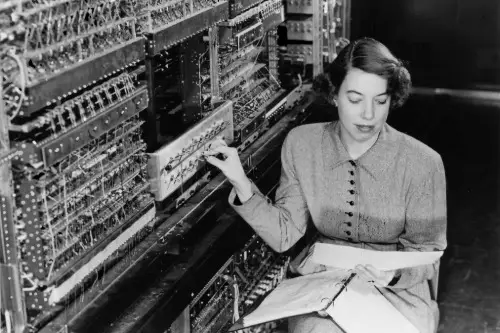
In the ’50s, technology was changing, but at a much slower pace. People were still getting accustomed to the invention of television, and things like home appliances and early computers were seen as impressive feats. The introduction of color television was a major breakthrough, and the idea of portable communication was still a distant dream. The pace of technological progress was much more deliberate, and many people could get by without needing the latest gadgets.
Today, technology evolves at lightning speed. Just a few decades ago, the idea of having a pocket-sized device that could access the internet, send messages, and track your health seemed like science fiction. Now, these capabilities are part of daily life, and people expect constant innovation. The rapid changes in the tech landscape today are almost overwhelming compared to the relatively slower pace of the ’50s.
9. Gender-Specific Roles at Work
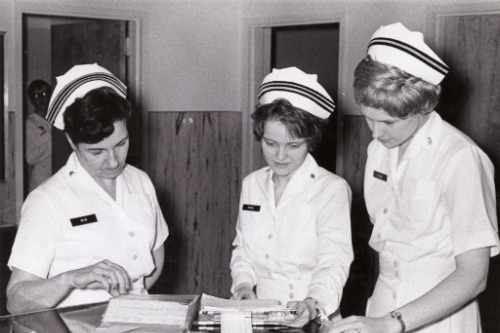
In the ’50s, it was common for women to be relegated to secretarial roles or professions that were seen as “appropriate” for their gender, such as teaching or nursing. Men, on the other hand, were expected to work in more prestigious or higher-paying jobs, such as management, law, or engineering. The workplace was a rigid system, and gender stereotypes influenced career paths in a way that’s almost unthinkable today. The assumption was that men would provide for the family, while women would focus on support roles.
Fast-forward to today, and there’s a much greater focus on equal opportunities in the workplace. While gender disparities still exist in some fields, the idea that a woman is “better suited” for one job or another has been debunked. Women and men alike can pursue careers in virtually any field, from technology to finance, and are often expected to perform at the same level. The workplace today is increasingly diverse and inclusive, with less emphasis on gender when it comes to career opportunities.
10. No Microwave Meals

In the ’50s, the microwave oven wasn’t even a household item yet, and the idea of frozen meals was in its infancy. While convenient, ready-made meals didn’t exist in the same form we know them today. Families relied heavily on cooking from scratch or having a meal prepared by a housekeeper. Convenience foods, like TV dinners, were a novelty, and pre-packaged meals weren’t as popular as they are now.
Now, we have a world where microwaves and pre-packaged meals are commonplace. The microwave has become a staple in almost every kitchen, and quick, frozen meals are a go-to for busy families and individuals. The convenience of reheating meals within minutes has revolutionized our approach to dining, leading to a culture where cooking from scratch is increasingly rare. The shift towards instant meals makes the ’50s way of preparing food seem like a distant memory.
11. The Family Car as a Social Status Symbol
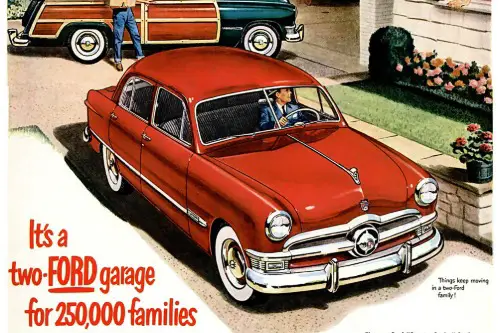
Back in the ’50s, owning a car was not just a convenience; it was a symbol of social status and success. Cars like the Cadillac or Lincoln were seen as markers of wealth and prestige. People took pride in owning a well-maintained, high-end vehicle that signified their financial standing. It wasn’t just about getting from point A to point B; it was about how your car reflected your place in society.
Today, while cars are still essential, they’re no longer the same status symbol they once were. People prioritize fuel efficiency, safety, and environmental concerns over the sheer opulence of a car. Luxury cars still exist, but they are now one of many options rather than the hallmark of social standing. The shift in priorities reflects a larger societal change away from material status to more practical concerns.
12. Public Restrooms with No Dividers
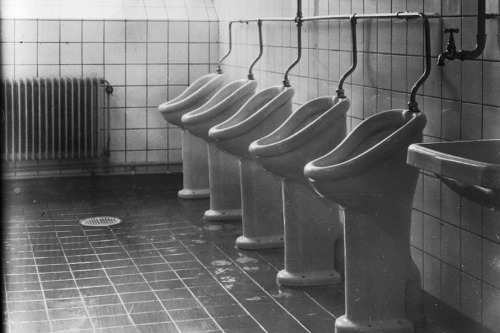
In the 1950s, many public restrooms had stalls that were open with no dividers, offering little to no privacy. The idea of separating each stall with partitions or walls just wasn’t the norm. Public facilities often had a very utilitarian approach to design, and privacy wasn’t seen as a priority. It was a time when “personal space” wasn’t given much thought, especially in public settings.
Today, restroom privacy is taken seriously, with most public restrooms featuring stalls with walls and doors for individual use. People now expect a certain level of comfort and separation when using public facilities. The idea of walking into a restroom where you have zero privacy would seem out of place and unacceptable today. The concept of personal boundaries has evolved, and public restroom design has caught up to our changing expectations.


